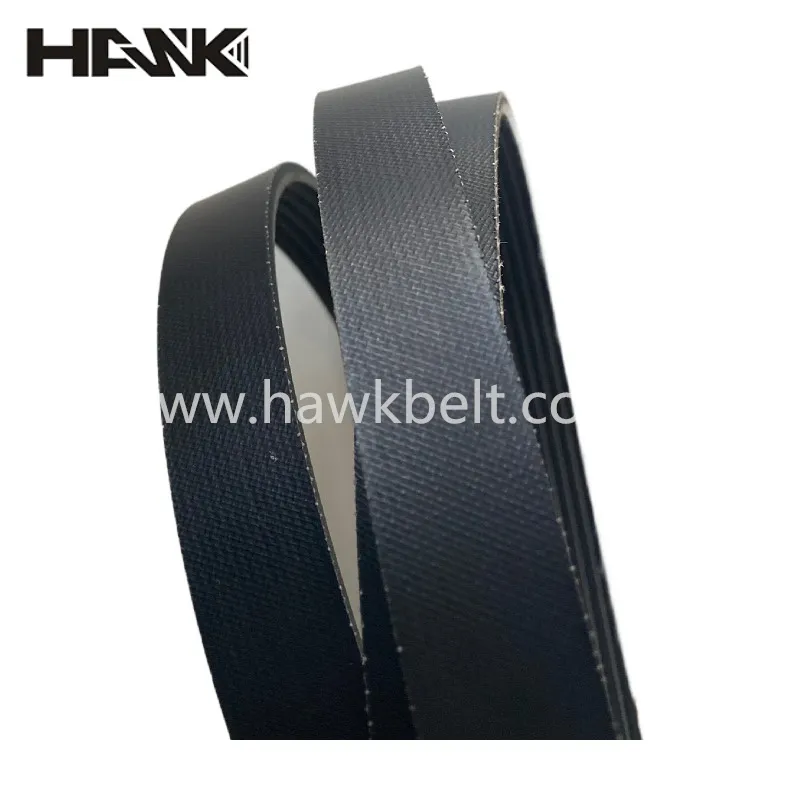- Arabic
- French
- Russian
- Spanish
- Portuguese
- Turkish
- Armenian
- English
- Albanian
- Amharic
- Azerbaijani
- Basque
- Belarusian
- Bengali
- Bosnian
- Bulgarian
- Catalan
- Cebuano
- Corsican
- Croatian
- Czech
- Danish
- Dutch
- Afrikaans
- Esperanto
- Estonian
- Finnish
- Frisian
- Galician
- Georgian
- German
- Greek
- Gujarati
- Haitian Creole
- hausa
- hawaiian
- Hebrew
- Hindi
- Miao
- Hungarian
- Icelandic
- igbo
- Indonesian
- irish
- Italian
- Japanese
- Javanese
- Kannada
- kazakh
- Khmer
- Rwandese
- Korean
- Kurdish
- Kyrgyz
- Lao
- Latin
- Latvian
- Lithuanian
- Luxembourgish
- Macedonian
- Malgashi
- Malay
- Malayalam
- Maltese
- Maori
- Marathi
- Mongolian
- Myanmar
- Nepali
- Norwegian
- Norwegian
- Occitan
- Pashto
- Persian
- Polish
- Punjabi
- Romanian
- Samoan
- Scottish Gaelic
- Serbian
- Sesotho
- Shona
- Sindhi
- Sinhala
- Slovak
- Slovenian
- Somali
- Sundanese
- Swahili
- Swedish
- Tagalog
- Tajik
- Tamil
- Tatar
- Telugu
- Thai
- Turkmen
- Ukrainian
- Urdu
- Uighur
- Uzbek
- Vietnamese
- Welsh
- Bantu
- Yiddish
- Yoruba
- Zulu
9월 . 28, 2024 18:02 Back to list
Timing Belt Replacement Guide for Nissan Vehicles and Maintenance Tips
The Importance of Timing Belt Maintenance for Nissan Vehicles
Maintaining your vehicle is an essential part of ensuring its longevity and optimal performance. Among the various components that require regular attention, the timing belt stands out as one of the most critical elements, especially for Nissan vehicles. In this article, we will explore the role of the timing belt, the signs of wear, potential issues that can arise from neglect, and tips for proper maintenance.
What is a Timing Belt?
The timing belt is a crucial part of your engine's configuration. It synchronizes the rotation of the crankshaft and camshaft, ensuring that the engine's valves open and close at the correct times during each cylinder's intake and exhaust strokes. In simpler terms, the timing belt keeps the engine components in harmony, which is vital for the engine's efficient operation.
Why is Timing Belt Maintenance Important?
For Nissan vehicles, like many other brands, the timing belt is made of rubber and can wear down over time due to heat, stress, and environmental factors. A worn or broken timing belt can lead to severe engine damage, which may require extensive repairs or even complete engine replacement. This is especially true for interference engines, where a failure may result in the valves striking the pistons.
Signs of a Worn Timing Belt
Regular inspection is key to ensuring your timing belt is in good condition. Here are some indicators that your Nissan’s timing belt may need attention
1. Engine Misfiring If you notice a rough idling or your engine misfiring, this could be due to the timing belt failing to maintain the correct timing of the engine's components.
3. Visible Cracks or Wear If you have the ability to visually inspect your timing belt, look for signs of cracking, fraying, or any obvious damage to the belt material.
4. Check Engine Light While this could signify a myriad of issues, a check engine light may indicate problems related to the timing belt system.
for nissan timing belt

Recommended Replacement Intervals
Generally, manufacturers provide recommendations for timing belt replacement intervals. For many Nissan models, this range typically falls between 60,000 to 100,000 miles. However, it's wise to consult your vehicle’s owner manual for specific intervals, as some models may have unique requirements.
Potential Consequences of Neglect
Failing to replace a worn timing belt can lead to catastrophic engine failure. If the timing belt snaps while the engine is running, it can cause the pistons and valves to collide, leading to bent valves, damaged pistons, and potentially a total engine rebuild. This kind of damage can result in repair costs that far exceed the price of a timely timing belt replacement.
Tips for Proper Timing Belt Maintenance
1. Follow Manufacturer Guidelines Always adhere to the timing belt replacement schedule as outlined in your Nissan's manual. It's better to be proactive than reactive.
2. Regular Inspections During routine maintenance, ask your mechanic to check the condition of the timing belt. Early detection of wear can prevent costly repairs.
3. Replace with Compatible Parts If replacement is necessary, ensure that original equipment manufacturer (OEM) or high-quality aftermarket parts are used. This ensures durability and compatibility with your Nissan engine.
4. Consider Related Components When replacing the timing belt, many experts recommend also replacing the tensioner, idler pulleys, and water pump (if driven by the timing belt) to ensure optimal performance and longevity.
Conclusion
The timing belt is a vital component of your Nissan vehicle that should not be overlooked. By understanding its importance, recognizing the signs of wear, and adhering to a maintenance schedule, you can ensure the longevity and reliability of your engine. Taking care of your timing belt could save you time, money, and heartache in the long run—keeping your Nissan running smoothly for years to come.
-
Korean Auto Parts Timing Belt 24312-37500 For Hyundai/Kia
NewsMar.07,2025
-
7PK2300 90916-T2024 RIBBED BELT POLY V BELT PK BELT
NewsMar.07,2025
-
Chinese Auto Belt Factory 310-2M-22 For BMW/Mercedes-Benz
NewsMar.07,2025
-
Chinese Auto Belt Factory 310-2M-22 For BMW/Mercedes-Benz
NewsMar.07,2025
-
90916-02660 PK Belt 6PK1680 For Toyota
NewsMar.07,2025
-
drive belt serpentine belt
NewsMar.07,2025

